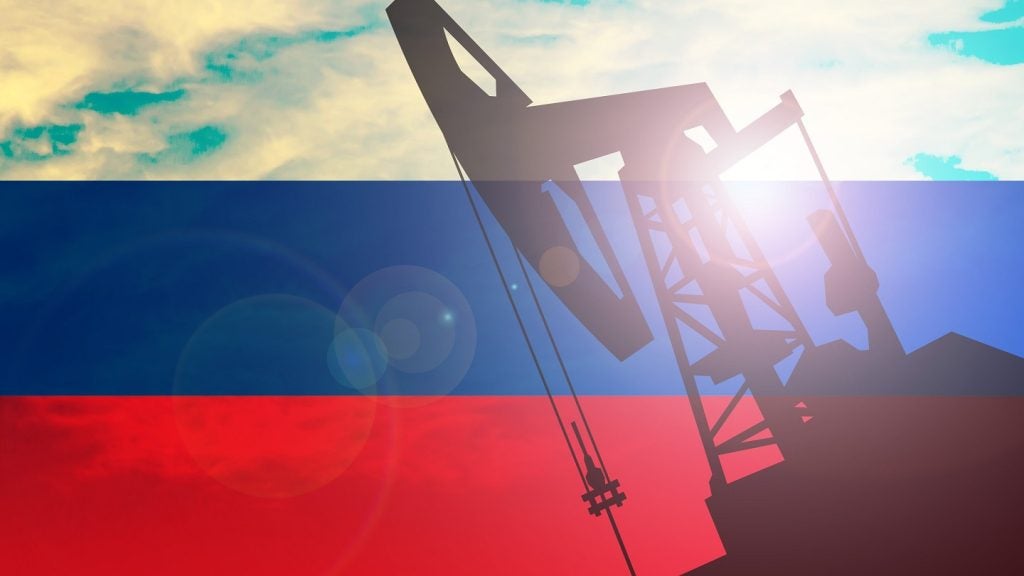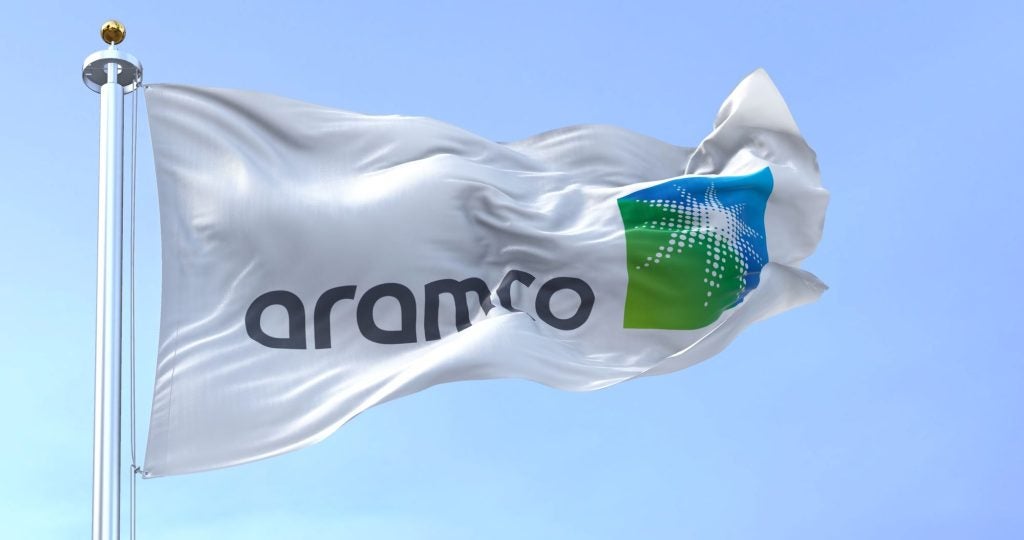
The quest for new resources takes the energy industry into new and extreme environments, which puts greater pressure on innovation and the development of viable technologies. Meanwhile, industry must see a return on the huge investment it makes in R&D, so new technology must also be cost-effective.
Keeping the costs and returns in balance while meeting the world’s growing need for oil and gas is the challenge for exploration and production (E&P) companies, as well as for technology developers. The pressure to unlock new reserves, however, is exposing the disconnection between the way these different entities approach innovation.
The spend-first misunderstanding
“The debate over new technology for subsea E&P is too often reduced to the question of who should be making the biggest investment in innovations,” says Frederic Febvre, head of R&D gas and carbonchemistry, Total Gas & Power. “There seems to be a misunderstanding behind this question given the billions of dollars spent each year on R&D by both E&P companies and their suppliers. This is more true when one considers that rolling out new technology on an existing field can incur huge indirect costs and knock-on effects on production downtime. It’s also true of suppliers, who often have to provide far more after-sales care on their new product than they may have anticipated.”
In reality, most companies and suppliers spend a share of their earnings on bringing new technology into the field because new, deeper and further hydrocarbon resources can’t be produced with old technology. No one can claim that there is a lack of investment in new technology from either side of the industry.
See Also:
If there is a problem, it is that all efforts are not always focused on the same objectives.
How well do you really know your competitors?
Access the most comprehensive Company Profiles on the market, powered by GlobalData. Save hours of research. Gain competitive edge.

Thank you!
Your download email will arrive shortly
Not ready to buy yet? Download a free sample
We are confident about the unique quality of our Company Profiles. However, we want you to make the most beneficial decision for your business, so we offer a free sample that you can download by submitting the below form
By GlobalDataPortfolio versus product
The R&D plans of suppliers and E&P companies differ. This is what Febvre calls the “portfolio versus product paradox”.
On one hand, E&P organisations build their R&D plans based on their worldwide needs and internal development strategies. For example, if they have a lot of interest in heavy oil leases, they will specifically look out for steam technology, viscosity reducers and new refinery processes that will allow them to unlock new reserves.
Their evaluation of the technology will take into account the whole development impact, not just the single pieces of the process. This will put the new technology of one area into perspective with the entire field operations.
This is how some brilliant new high-tech parts, possibly giving a 50% uptime improvement on a part of the installation, may be totally insignificant regarding its overall impact.
Additionally, as R&D groups turn towards the future and the big picture, most of this new technology may not directly benefit current producing fields and they may struggle to get pilots and tests within local business units on the justification of future needs. Typical reactions from operators faced with the tinkering of their plant include: “not in my well you won’t” and “I’d prefer serial number 002”.
However, suppliers’ R&D plans are based on the intimate knowledge of their products and their associated research. Therefore, they tend to favour product line developments.
Then when it comes to selling their advanced technology, they face both external and internal subdued reaction: “It’s nice but far too innovative, why don’t we stick to what we sell best?”
This paradox is embodied not only in technology developers diverging from the technology development agenda of E&P companies, but also by the fact that some of their highly advanced product designs may also lie well outside the acceptable risk profile. There is certainly a mismatch, which means the industry may not be getting the full benefit from the creative thinking that improves its ability to exploit resources.
As a result, the pace at which new, more effective production technology is implemented could be increased. In short, it could mean that E&P companies have ranges of new, perhaps more cost-efficient products to choose from, but they may not find what they are looking for.
“I think the way forward is to move the issue further upstream,” argues Febvre. “Look at the needs of the end users and define them clearly. Once that is done, the E&P companies and their technology suppliers can work towards addressing that same set of needs.”
Proving ground
Febvre is not trying to lay the problem at the door of technology developers: he firmly believes that both they and E&P companies such as Total must coordinate their efforts around broader common goals, and this will ensure both have a responsibility to provide the best breeding ground for innovation. For example, it is crucial that E&P companies provide the opportunity to test new technology, albeit in a highly controlled manner that mitigates some of the risk.
But Febvre does not suggest that Total and its peers take expensive punts on blue-sky thinking. Innovation, he believes, should be a core value for these companies, but it must be managed in a way that maximises the chances of producing tangible results.
“At Total, the R&D spend rises every year and it is a vital part of our business,” he says. “It’s a question of survival in a competitive and challenging market.”
The challenge of HP/HT fields
Total E&P UK discovered the Glenelg accumulation in 1990. It lies 4km south-west of its Elgin PUQ platform. The platform is part of Total’s extensive operations in the Elgin-Franklin fields, which lie in the Central Graben Area of the North Sea, 240km east of Aberdeen. The Elgin-Franklin fields are home to the largest development on the UK Continental Shelf for over 20 years, and represent £1.7 billion in investment.
The geology of Glenelg is complex, given that it is a tilted fault block structure and lies 6km below the seabed. The pressure in the reservoir is around 1,100bar and temperatures are around 200°C, much like Elgin-Franklin. Building on its knowledge of HP/HT wells, Total chose to push its existing drilling technology to new limits to deal with highly deviated and complex wells, running development projects in parallel for elements such as SEAL systems.
Ultimately, Total qualified a new drilling technology from a pilot project not only to handle the HP/HT characteristics of the well, but also to navigate its complex structure.
Base case versus innovation
What comes first: technology development or field development? Febvre’s answer is that any new technology must be identified early enough in a project life to be potentially competitive with known solutions.
“Promoting new technology at the basic engineering stage is often too late,” he says.
Total sees the conceptual stage of a new development as a critical time to inject innovation. Engineers must always ensure that they propose a concept with known references (base case), in competition with another more innovative concept.
It is their aim to progress both concepts to the next phase, to give them time to integrate a qualification programme for the new technology before final project sanction. It also gives confidence that there is the back-up of a proven solution if all else fails.
This sets the minimum requirements that the new solution must match before it provides added value. The base case is a real sparring partner for the R&D.
“There is always risk and the cost of potential disruption with new technology,” says Febvre. “That is why you need a clear set of measures and goals for each project. You also need to have the courage to cancel or change the direction of a project if it is not achieving its goals.”
Once the needs, constraints and challenges have been defined by petroleum engineers and a company’s portfolio of operations, Febvre believes it is essential to ensure commitment from contractors, R&D teams and management. Above all, the key commitment becomes a common time frame to mature the technology.
Subsea technology
For E&P companies, the agenda for technology development is set by the challenges they face in each operation. For example, as more operations have gone subsea, demands have pushed technology innovation towards addressing the specific challenges of working on the seabed, and this continues to be the dominant trend.
The aim is to build on the infrastructure that carries oil from subsea well to platform by adding more processing capability to the pipelines. Working on the product in transit has great potential, not only in terms of having workable systems in development, but also from the point of view of cost efficiency.
“Technological innovation depends on the individual operation, but the industry is looking at one broader goal, which is to do more than simply transport effluent in the subsea environment,” says Febvre. “This can be done with simple technology, and the ability to install rotating equipment subsea means we can look at compressors, the systems to control them from afar, and the monitoring probes that this would require. Instead of simple pipes, we will have the ability to transport and transform what is in the pipeline.”
While Febvre recognises that there is still a long way to go in developing these processing systems for use on the seabed, he is aware that the biggest challenges often provide the greatest boost to innovation. He has seen how the more complex and difficult fields produce the biggest leaps forward in technological capability.
“We are only at the beginning, but we are progressing by steps towards being able to put many more processes on the seabed,” he says. “Sometimes, however, there are barriers that need to be overcome, and so you have to make bigger steps. This is what we are learning from the big African fields.”
Another priority for Total’s technology development is a new system for drilling high-pressure/high temperature (HP/HT) fields, and its Glenelg field has already shown the value of pilot projects in addressing this challenge.
“We are working on many things, but HP/HT is very important for us, especially in the North Sea,” notes Febvre.
With a good track record of pilot projects, Febvre feels that Total has the right process to bring new technology forward, but he also believes that when there is greater clarity around the goals for innovation, the industry will be able to move much faster towards meeting the demands of its end users.







